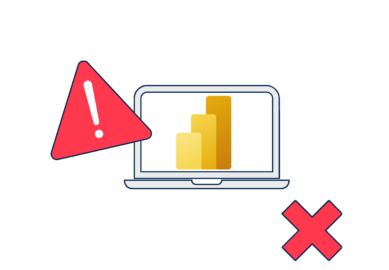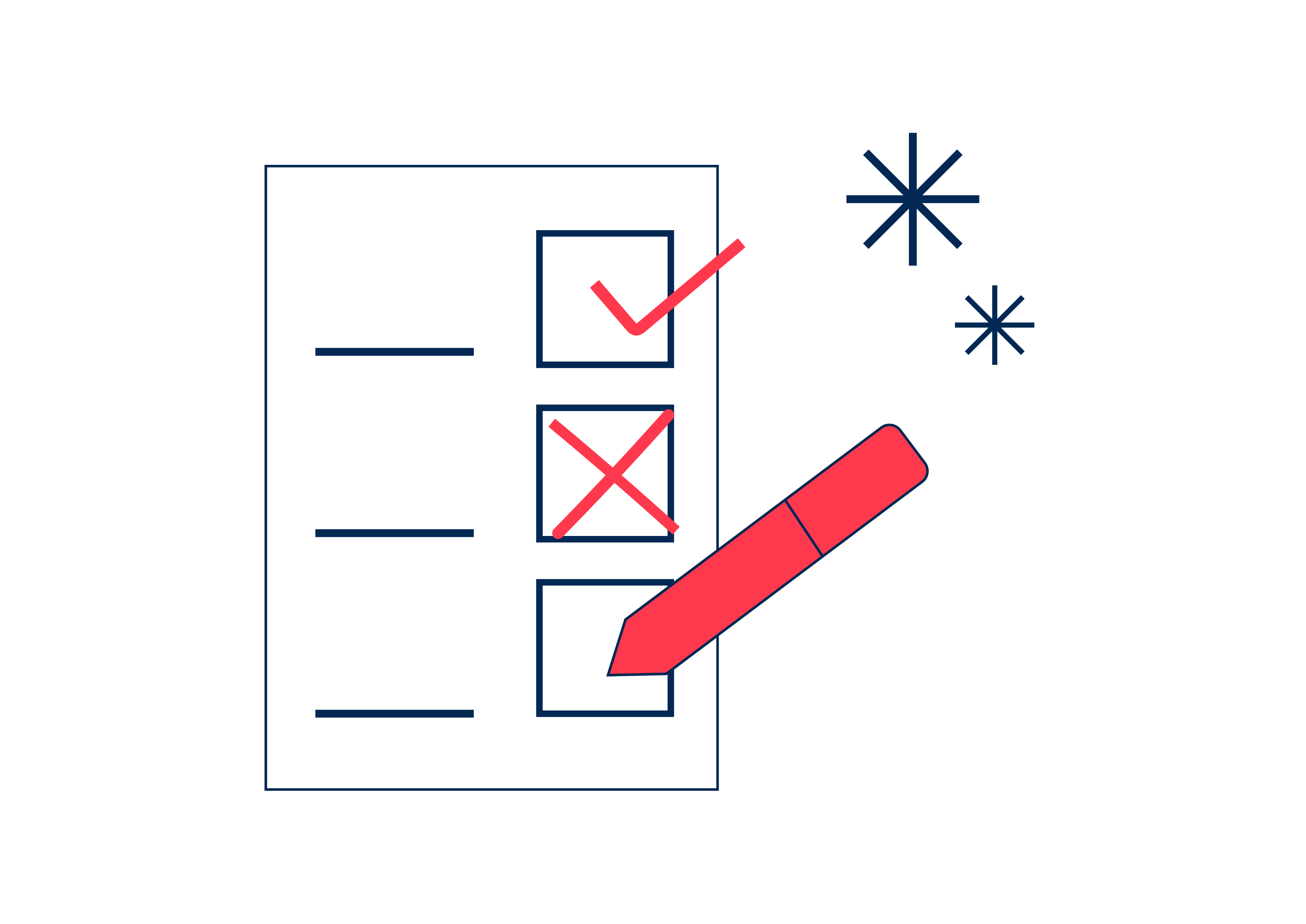If you have ever typed “how do I evaluate BI platforms?” or any other combination of words to that effect into a search engine and browsed the results, you will no doubt have come across criteria related articles such as Tableau’s 5, ThoughtSpot’s 7 or a large volume of list style websites with 10, 12 or 15 “important questions to consider”. To tenuously keep the numerical theme going, you will have also likely gained access to the Gartner “Magic Quadrant” as well.
All this dancing around with digits is to emphasise that there’s a plethora of literature out there and even more variance within it. You can be forgiven for feeling bamboozled by the figures before your data has been hooked up, cleansed, transformed and someone has begun talking you through a trend in year-on-year performance they’ve just identified.
Fundamentally, choosing a BI platform is a nuanced process, one that differs from organisation to organisation and listing all the reasons for this wouldn’t help you reach the end of this article, just trust me when I say there are many. It is also a process you need to get right, getting it wrong will land you with the incorrect platform and a hefty bill for the pleasure. The implications of which will be widespread and will likely have a long-lasting effect on your organisation, the use of data within it and perhaps your ability to sway the decision makers in the future.
Whilst we believe that collectively these blogs and articles have the right content, and you could do far worse than read them, in-fact we urge you to read them, none of them really make your decision any easier, none of them tell you exactly what matters to your organisation or how this impacts your choice, that’s the part that they all miss. So, what do you really need to do?
We suggest you take each of the following steps in order:
#1 Define your BI strategy
The starting point for all things data analysis. Your BI strategy is the blueprint for how data will be used within your organisation and must be matched to your organisational goals and strategy. Purchasing a BI platform without defining a strategy first is akin to spending a lot of money on a grand piano when you’ve no idea how to play it.
#2 Involve stakeholders from the whole business
Survey or interview the users of data, those owning the infrastructure, the person responsible for the budget and everyone who produces BI content. Find out how they use data, what’s important to them and what they would be able to do in an ‘ideal world’.
#3 Create selection criteria for BI
These criteria will be based on your BI strategy and the information collected when interviewing or surveying and essentially boil down to the items that are most important to your organisation.
#4 Assess platforms against the criteria
With your criteria in place, you’ll need to understand which platforms can meet them and how they perform against them. For example, if a selection criterion is “Our users require regular training” then you will need to work out which vendors offer material to help in configuring and using various features and functionalities of the product.
#5 Create a shortlist
If you’re lucky enough to have found only one platform that meets your criteria, then congratulations, skip to step 7, you’ve won. In all likelihood your assessment will surface a few platforms that meet your criteria, these become your shortlist. We’d recommend narrowing this down to 2 or 3 platforms.
#6 Invite the vendors to demo their platform
Speak with the vendors on your shortlist, see if they will give you a live demonstration using a sample of your own data. At the very least provide them with a list of items you’re interested in seeing so that the demo is relevant.
#7 Create a proof of concept
Define a set of metrics that need to be measured via a few transformations or calculations, create a set of questions that need to be answered and make sure you know what the expected results are, then get your hands dirty and test out the connectivity, functionality, usability and performance of the platforms on your shortlist. The free trials offered by most vendors are ideal for this.
Your proof of concept should produce a clear winner, one platform will provide you with answers quicker or prove less onerous when preparing the data. This is the platform you should choose.




